In the realm of magical places you normally see the place as a finished project. You don’t see all the effort it took to complete the process. For instance Yellowstone appears to be a finished magical place. Yes there are still changes going on but they are minute and incremental so that you hardly notice any change occurring at all. Same with the Grand Canyon. The water still wears away the rocks surface but unless you have the ability to sit very still for incredibly long periods of time you don’t notice it. We consider these place “Done” and don’t expect any thing more from them. They’re perfect just the way they are.
There is one place however where you can still see the transformation taking place. That place is Bryce Canyon. The evolution from a beautiful and magical site continues right now at an accelerated pace and becomes even more incredible as the transformation occurs before your very eyes. Although this transformative process is taking place throughout the park there is one spot where it is occurring at a phenomenally rapid speed, geologically speaking.
That spot is Fairyland Canyon. Fairyland Canyon is a special area slightly removed from the main amphitheater area that Bryce Canyon is most noted for. It takes a little hiking to get there but once you’re there prepare to be astounded. As you can see in the photo above, the Hoodoos are changing from the beautiful deep red rock into a creamy white, icy frosting color, a rare shade in Nature. Eventually when this process is over Fairyland will be a small jewel box filled with towers and spires and rock formations of the deepest shades of white and cream that will gleam like polished ivory in the soft light of the sun and be impossibly beautiful in the moonlight. I would not go there unless you want to fall deeply, irretrievably in love as that would be what would happen if you were to see it in the light of a full moon. So be careful who you take there.
The Institute has observers that keep constant check on the rate of this change as we were the first to note it happening and they have noticed that it appears to be accelerating faster and faster. Their calculations show that at the apparent rate that this change is undergoing the entire Fairyland canyon area will be completed no later than the 19th of October this year.
That’s an astounding figure, geologically speaking, anyway you look at it. The geologists that we brought in for a second opinion were frankly skeptical but then we realized they worked for the government and couldn’t be trusted to give an impartial collaboration for fear of being out of a job. First they didn’t notice this phenomenon at all themselves, and secondly felt completely outclassed by The Institutes trained observers. Our people’s ability to come to conclusions and process this information in a lightning fast manner that made us look so good, was beyond their rigid thinking and inability to veer away from the accepted scientific approach to interpreting geological behavior. Their way takes so much time and we have better things to do than sit around for millennium waiting for something to happen when we can just formulate new predictions and hurry the entire process up.
So that’s what we’ve done. Using all of our expertise and lack of knowledge, not to mention our complete disregard for current scientific conventions, we were able to formulate, confirm, publish and be out of there with an entirely new way at looking at geological evolution before the other guys even had a clue about what was happening. But that’s how things are done at The Institute. We bring you the latest, newest, most unconventional approach to science and the world, so you are among the first to know “What’s Happening Now!” science-wise. Yes we know it’s incredible but you’re worth it.

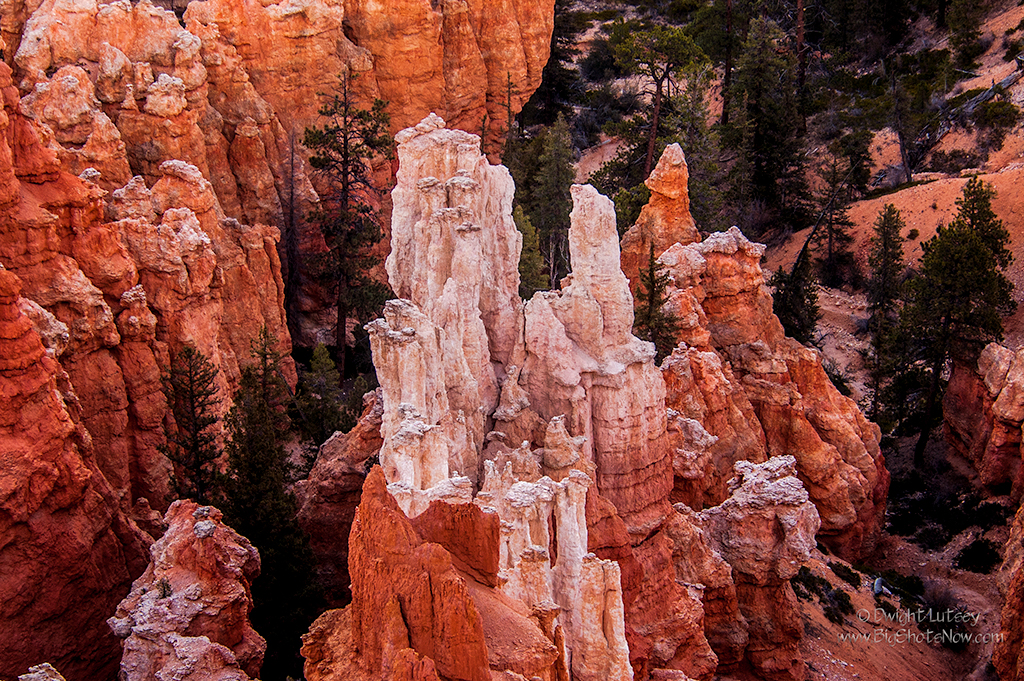

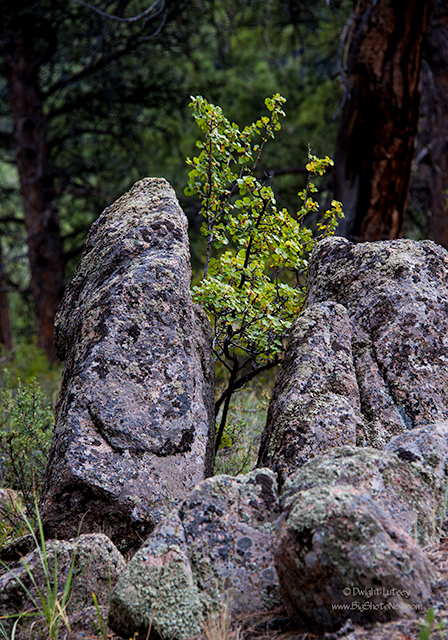

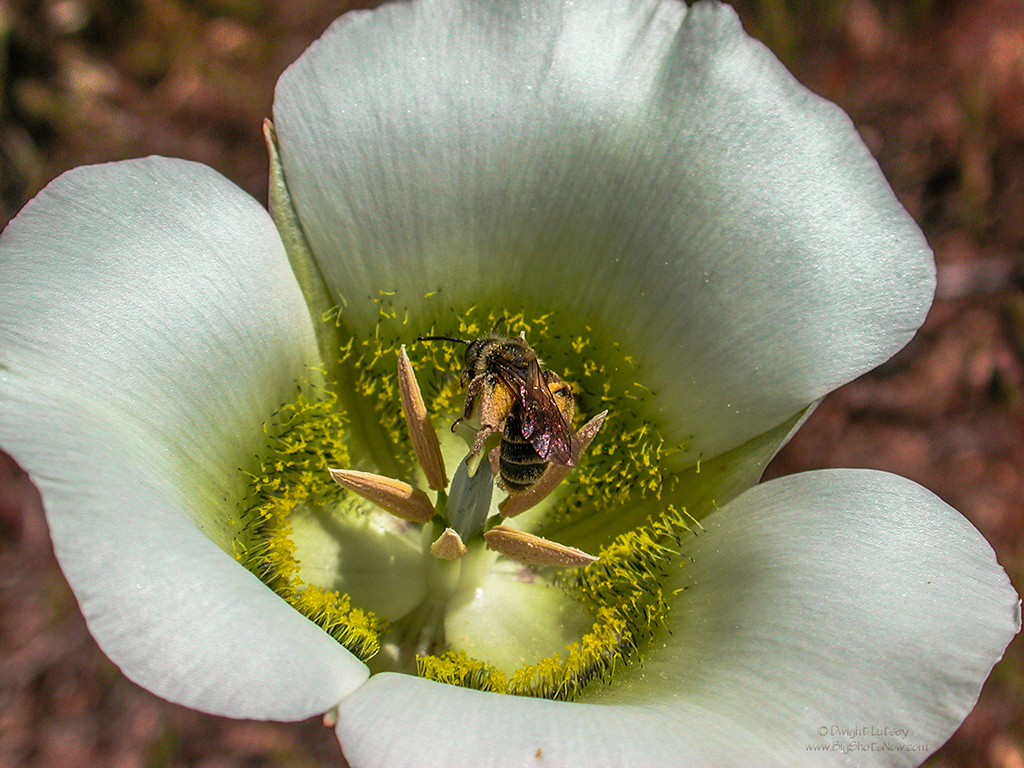
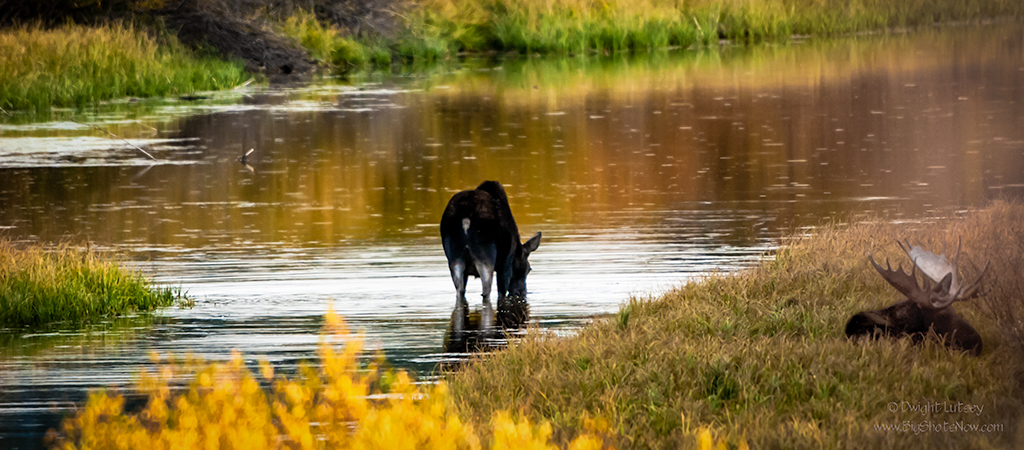
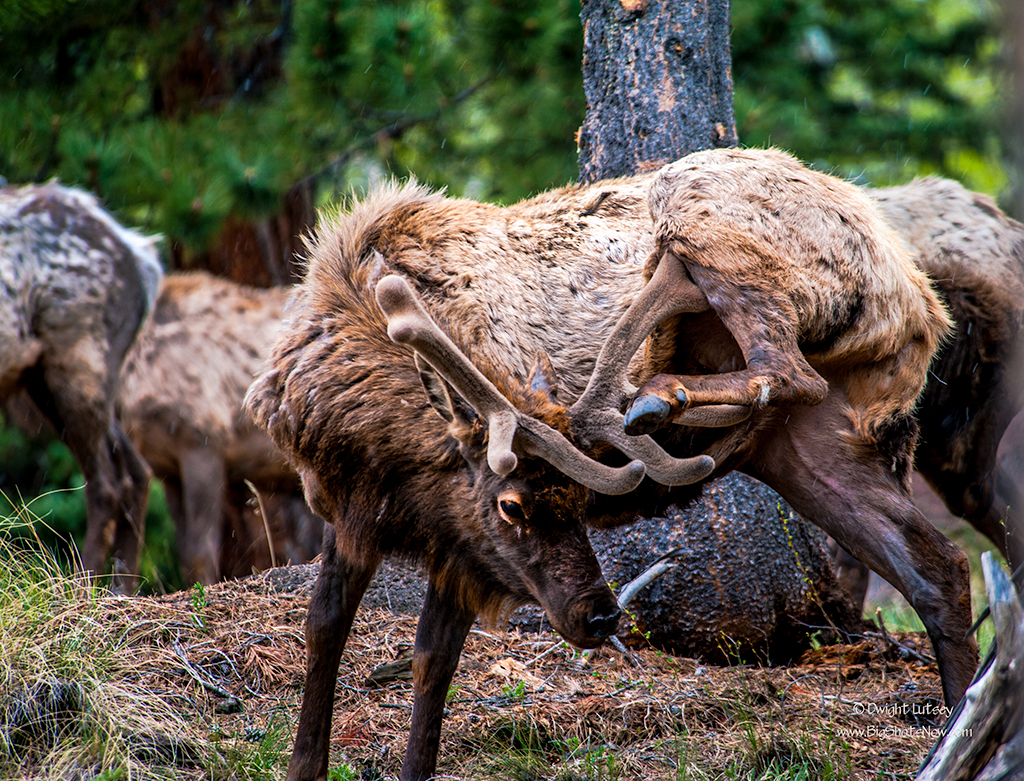
You must be logged in to post a comment.